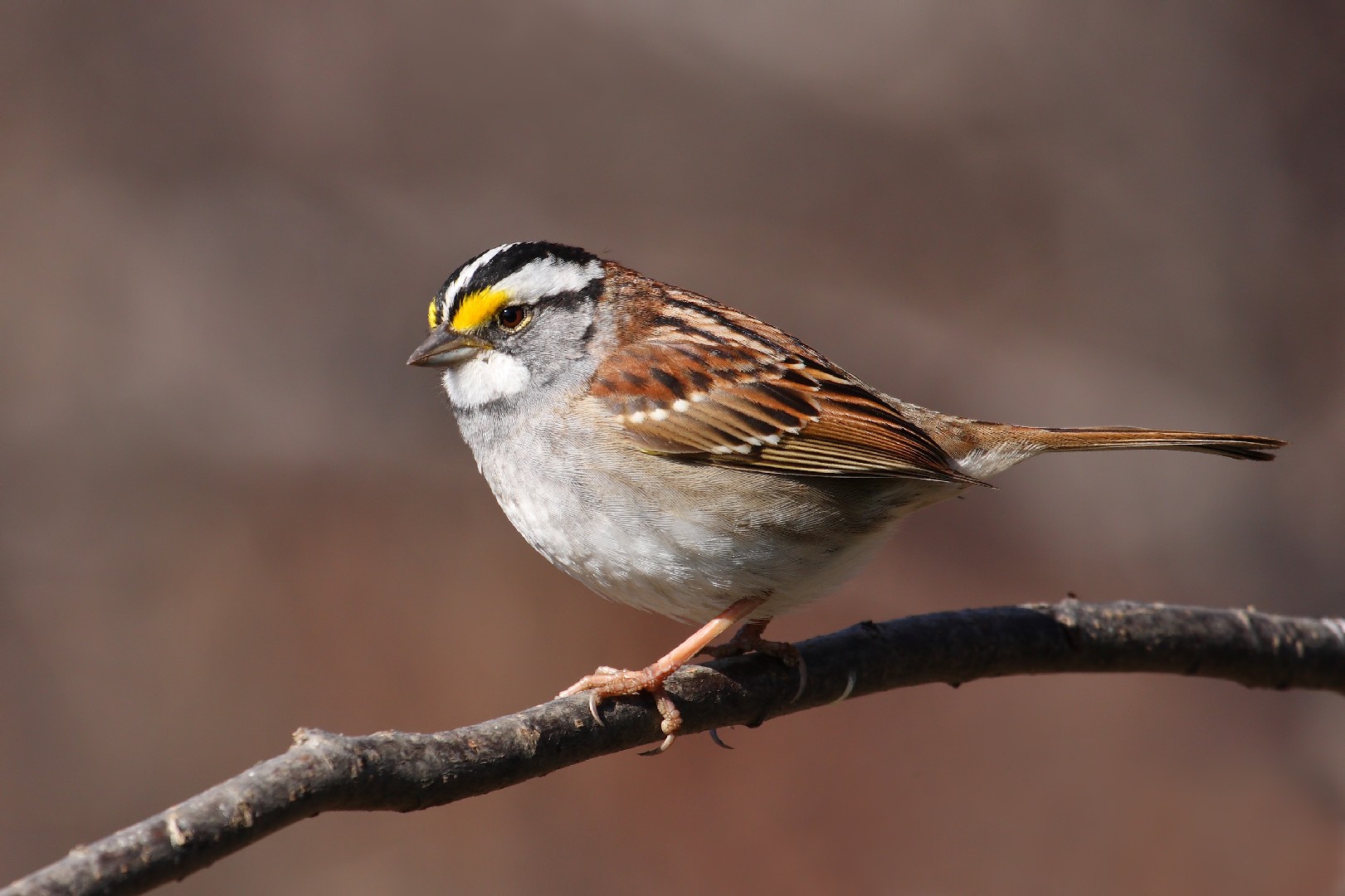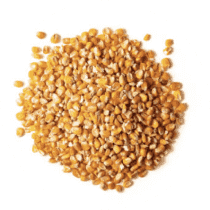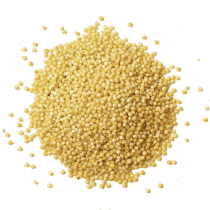White-throated Sparrow
A species of Crowned sparrows Scientific name : Zonotrichia albicollis Genus : Crowned sparrows
White-throated Sparrow, A species of Crowned sparrows
Botanical name: Zonotrichia albicollis
Genus: Crowned sparrows
 Photo By Zonotrichia_albicollis_CT1.jpg , used under CC-BY-SA-3.0 /Cropped and compressed from original
Photo By Zonotrichia_albicollis_CT1.jpg , used under CC-BY-SA-3.0 /Cropped and compressed from original Description
The pretty little white-throated Sparrow has sharp markings on its face along with its white throat and crown. Its wavering, whistling call sounds, to some ears, like its homeland's anthem, “Oh Canada.” There are two color forms of the white-throated Sparrow: white-crowned and tan-crowned. The white-crowned are known to be more aggressive, and the males of both crown colors prefer the white-crowned females.
Size
15 - 19 cm
Life Expectancy
9.6 years
Nest Placement
Ground
Clutch Size
1 - 6 eggs
Incubation Period
1 - 2 broods
Number of Broods
11 - 14 days
Nestling Period
7 - 12 days
Feeding Habits
White-throated Sparrow primarily consume seeds of grasses, weeds, and a variety of fruits. In summer, their diet shifts to insects, spiders, and other invertebrates caught on the forest floor or in flight. Nestlings are fed almost solely animal matter. In winter, white-throated Sparrow adapt by foraging for millet and sunflower seeds at feeders, also consuming buds and seeds of several tree species.
Habitat
White-throated Sparrow predominantly inhabits temperate forest regions, thriving at varying altitudes up to the treeline. These birds favor environments with a blend of coniferous or deciduous vegetation, often frequenting areas with thick undergrowth, such as forest clearings, edges of ponds, meadows, and swamps. During summer, white-throated Sparrow selects habitats affected by natural disturbances like logging, fire, or insect damage for the abundant regrowth. In migration and winter seasons, white-throated Sparrow adapts to more suburban areas including woodlots, hedgerows, thickets, and urban parks, exhibiting versatility in habitat selection.
Nest Behavior
White-throated Sparrow females build their nests primarily in the morning. They do not reuse old nests and may place them higher to avoid predators. Nesting includes a groundwork of moss, followed by adding walls and lining. Once built, their egg-laying patterns and parental care habits reflect a commitment to the protection and nurturing of their young.
Nest Characteristics
White-throated Sparrow tend to build their nests on or slightly above the ground, often under dense vegetation like shrubs, grasses, or ferns. Constructed with moss, grass, twigs, wood chips, and pine needles, the nest features a lining of fine grasses, rootlets, and deer hair. It measures 3-5.5 inches wide with an inner cup 1.7-4 inches wide and 1-2.5 inches deep, partly concealed with leaves and open from one side.
Dite type
Granivorous
People often ask
Migration Overview
In winter, this species migrates to the southern and eastern United States. They are differential migrants with females migrating farther, increasing the proportion of females at lower latitudes in the Atlantic flyway. Females are smaller so they would not perform as optimally at colder, higher latitudes, and females avoid competition with the dominant males of the winter hierarchies by migrating farther. 
General Info
Feeding Habits
Bird food type

Black Oil Sunflower Seeds

Hulled Sunflower Seeds

Cracked Corn

Millet

Milo
Bird Feeder Type

Platform

Ground
Sounds
Song
Recording location: United States
Behavior
White-throated Sparrow exhibit a distinctive hopping movement rather than walking or running, primarily while foraging on the ground. They energetically scratch the leaf litter with both feet to unearth prey, eagerly pouncing forward to capture it, and will also use head flicks to displace leaves. During breeding, males demonstrate pronounced territorial aggression, which diminishes post-breeding as white-throated Sparrow form large, hierarchical flocks with males generally dominating. In these groups, individual status is not influenced by color morph ('white-striped' or 'tan-striped'). Notably, the white-throated Sparrow's mating pairs are often one of each morph and these bonds are seasonal, often changing annually. For short-range movement, white-throated Sparrow prefer swift flights between branches.

 Photo By Zonotrichia_albicollis_CT1.jpg , used under CC-BY-SA-3.0 /Cropped and compressed from original
Photo By Zonotrichia_albicollis_CT1.jpg , used under CC-BY-SA-3.0 /Cropped and compressed from original Scientific Classification
Phylum
Chordates Class
Birds Order
Perching birds Family
New world sparrows Genus
Crowned sparrows Species
White-throated Sparrow